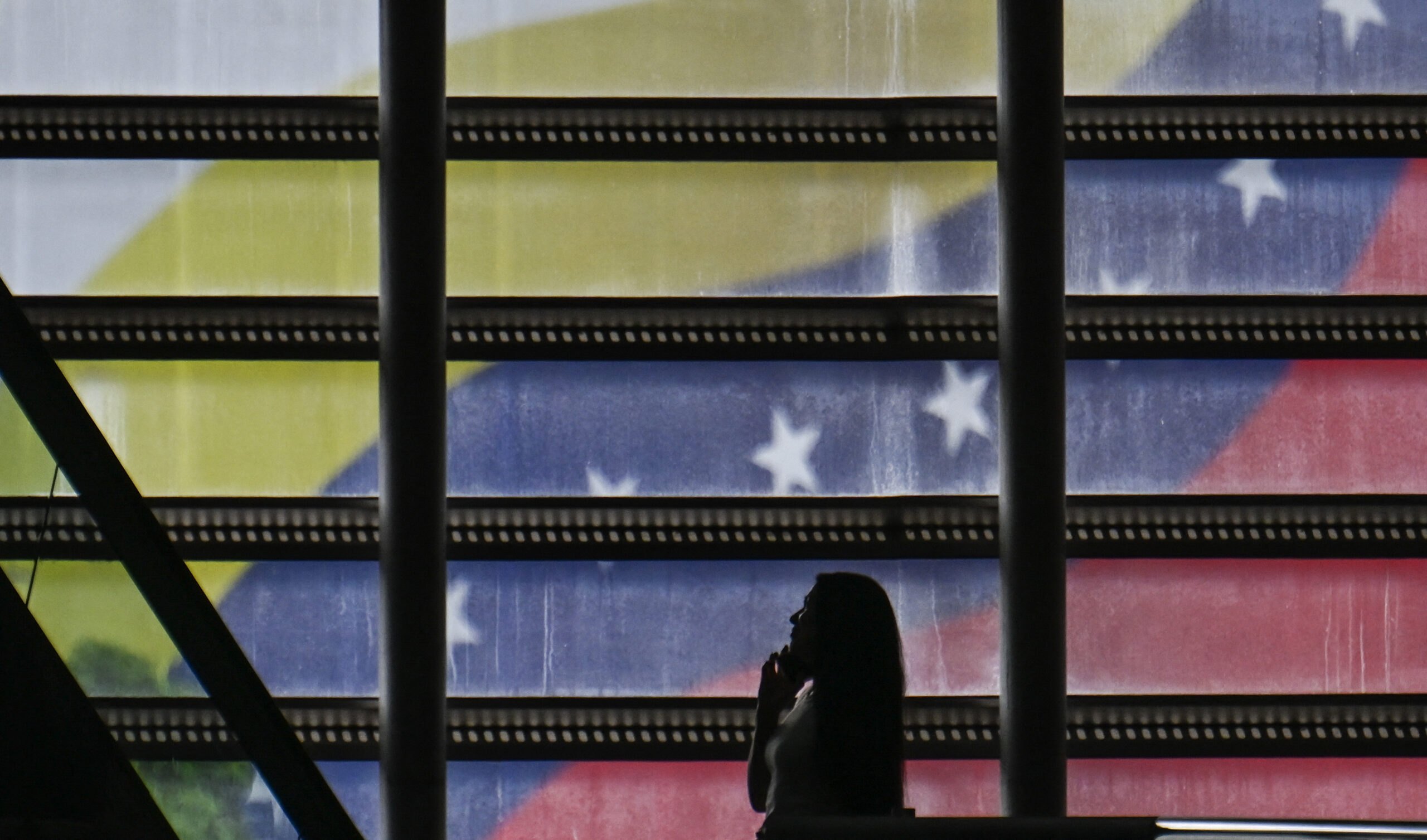U.S. Congressional Update
U.S. Congressional Update
On November 7, after months of negotiations and debate, the U.S.-Peru Trade Promotion Agreement passed the U.S. House of Representatives by a vote of 285 to 132. The bill is expected to receive Senate consideration shortly.
Topics in this issue:
U.S.-Peru Trade Promotion Agreement Passes in the House
What Ratification Means
U.S.-Peru Trade Promotion Agreement Passes in the House
On November 8, just 12 hours after adjourning the previous night, the House of Representatives passed legislation to implement the U.S.-Peru Trade Promotion Agreement (TPA). Democrats and Republicans came together in support of the agreement by a margin of 285 to 132 votes. In fact, 109 Democrats joined their Republican colleagues in approving the bill. Passage by the Senate, which is expected to hold a vote shortly, would pave the way for the President’s signature.
The long awaited vote came nearly six months after the May 10 bipartisan compromise between congress and the administration. In the interim, Members of Congress, administration officials, and their Peruvian counterparts continued to engage in debate and negotiations. Dedication to the agreement cleared the way for the bill’s consideration, and ultimately for approval of the first trade vote since Democrats took control of Congress a year ago.
In passing the U.S.-Peru TPA, the House took a major step toward advancing hemispheric trade and regional relations. Highlighting the importance of passage, Majority Leader Steny Hoyer (MD) called the agreement “an historic accomplishment in trade policy and in our relationship with a strong ally in a region that is vital to our economic and national security.” He went on to say that it “has great potential to strengthen the economic ties between the United States and Peru and to improve the standard of living in both countries.” According to Rep. David Dreier (CA) the agreement is about more than just economics: “it is a battle for hearts and minds.”
Once signed into law, 80 percent of tariffs on all goods exported by the U.S. to Peru would be cut immediately. Bilateral trade with Peru doubled in the last three years to nearly $8.8 billon in 2006. The U.S.-Peru TPA is expected to further help to increase this rate of growth. In addition, a free-trade agreement would allow for increased foreign investment into Peru, and provide a new impetus for maintaining Peru’s economic growth and stability. The trade deal would extend our current trade relationship from a set of revocable unilateral preferences to a relationship where U.S. industry enjoys the same benefits already granted to Peru through the Andean Trade Promotion and Drug Eradication Act. More information on the benefits of the U.S.-Peru TPA can be found on the website of the United States Trade Representative: www.ustr.gov








